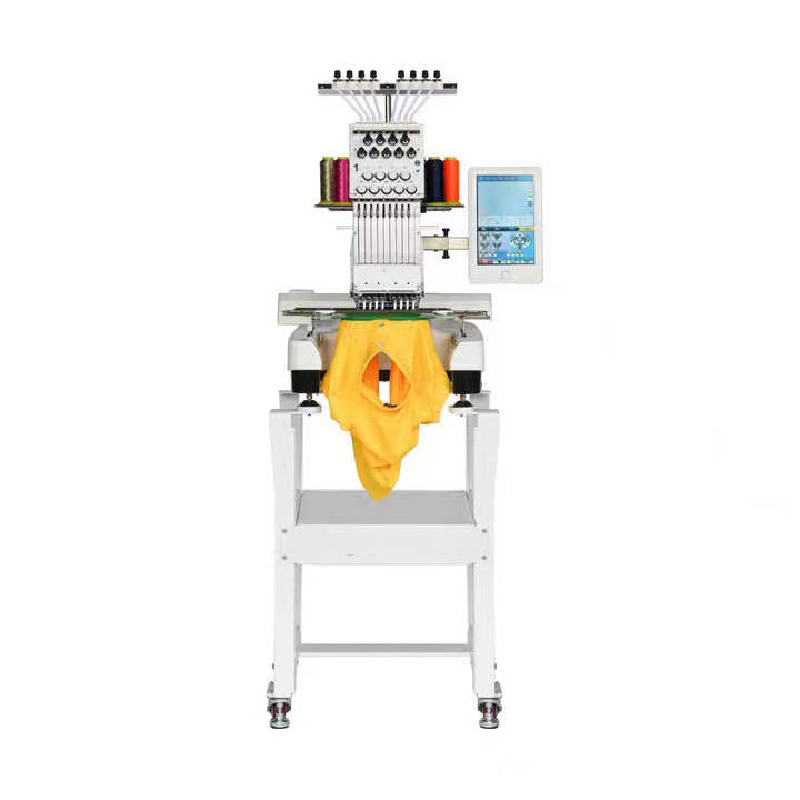nov. . 29, 2024 23:31 Back to list
Exploring the World of Digital Embroidery Manufacturing Techniques and Innovations
The Evolution and Impact of Digital Embroidery Factories
In the world of textiles and apparel, the advent of digital embroidery technology has revolutionized the production processes and creative possibilities. Digital embroidery factories, equipped with advanced software and high-tech machines, offer precision and efficiency that traditional methods cannot match. This article explores the workings of digital embroidery factories, their benefits, the challenges they face, and their impact on the fashion and textile industries.
Understanding Digital Embroidery
Digital embroidery is the process of using computerized machines to create intricate designs on fabrics. Unlike traditional embroidery, which requires meticulous manual stitching, digital embroidery allows for the automated reproduction of complex patterns with precision. The process begins with a digital design created using embroidery software, which converts the image into a series of stitches that the machine can execute.
Digital embroidery machines can handle a variety of fabrics, including cotton, polyester, and blends, making them versatile tools in the production arsenal of modern factories. These machines can work on a range of products, from simple garments to promotional items like caps, bags, and patches.
Advantages of Digital Embroidery Factories
One of the most significant advantages of digital embroidery factories is efficiency. The speed at which these machines can work reduces lead times significantly. What may take hours or even days to produce manually can often be completed in a fraction of that time with digital machines. This efficiency allows brands to respond quickly to market trends, fulfilling customer demands without the lengthy delays that traditional methods entail.
Additionally, digital embroidery offers unmatched precision and consistency. Human error is minimized, resulting in products that adhere to exact specifications. This capability is especially crucial for brands that require large quantities of embroidered items with uniform quality, such as sports teams or corporate merchandise.
Moreover, digital embroidery opens up new creative avenues for designers. The technology allows for intricate designs and detailed graphics that were previously challenging or impossible to achieve with traditional embroidery techniques. Designers can experiment with various colors, textures, and patterns, enhancing their offerings and setting themselves apart from competitors.
digital embroidery factories

Challenges Facing Digital Embroidery Factories
Despite their many advantages, digital embroidery factories also face challenges. One key issue is the initial investment required to purchase state-of-the-art machines and software. For smaller businesses or startups, this can be a significant barrier to entry. However, as technology advances and more affordable options become available, the accessibility of digital embroidery is improving.
Another challenge is the need for skilled operators who can manage the digital machinery and software. While machines may simplify the production process, they still require knowledgeable personnel to troubleshoot issues and fine-tune designs. Continuous training and education are vital to ensure that workers are equipped with the necessary skills to operate and maintain modern embroidery systems.
Moreover, as digital embroidery factories scale up their operations, they must also consider sustainable practices. The textile industry is under increasing scrutiny for its environmental impact, and factories must strive to reduce waste and energy consumption. Implementing eco-friendly practices, such as optimizing production schedules and choosing sustainable materials, is becoming a priority for many digital embroidery factories.
The Future of Digital Embroidery Factories
The future of digital embroidery factories looks promising. As technology continues to evolve, we can expect innovations that further enhance efficiency, creativity, and sustainability. Developments such as artificial intelligence and machine learning may lead to smarter machines that can predict design trends or automate quality control processes.
Moreover, digital embroidery will likely play a crucial role in the growing trend of personalization within the fashion industry. Consumers increasingly seek unique, customized products, and digital embroidery allows for one-of-a-kind creations that cater to individual tastes and preferences.
In conclusion, digital embroidery factories represent a significant advancement in the textile industry, blending technology with creativity to meet consumer demands effectively. While challenges such as high initial investments and the need for skilled labor exist, the benefits they offer—speed, precision, and design versatility—make them an integral part of the modern production landscape. As the industry continues to evolve, digital embroidery will undoubtedly play a central role in shaping the future of fashion and textiles.
-
Affordable 15-Needle Embroidery Machine with GPT-4 Turbo
NewsAug.02,2025
-
Affordable Commercial Embroidery Machines for Sale
NewsAug.01,2025
-
Top AI Embroidery Machine Manufacturers | GPT-4 Turbo Tech
NewsJul.31,2025
-
Affordable Computer Embroidery Machines | Best Prices
NewsJul.31,2025
-
Cheap T Shirt Printing Embroidery Machine with Multi Needle Efficiency
NewsJul.30,2025
-
High-Quality T Shirt Embroidery Machine – Multi & 12/15 Needle Options
NewsJul.30,2025

Copyright © 2025 Xingtai Pufa Trading Co., Ltd All Rights Reserved. Sitemap | Privacy Policy
